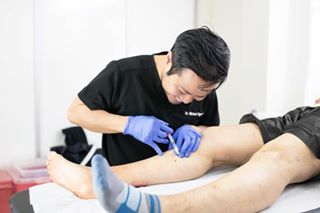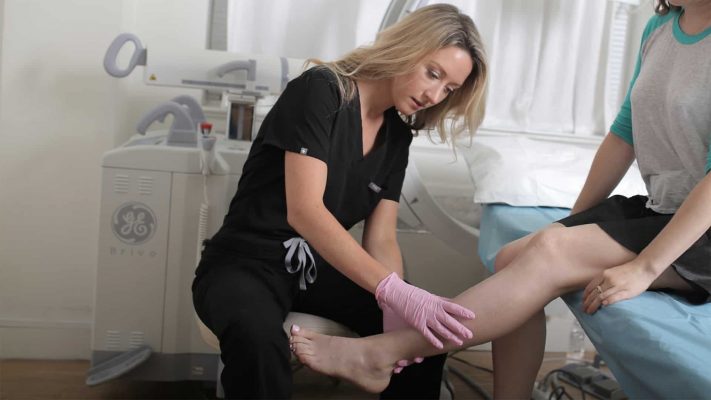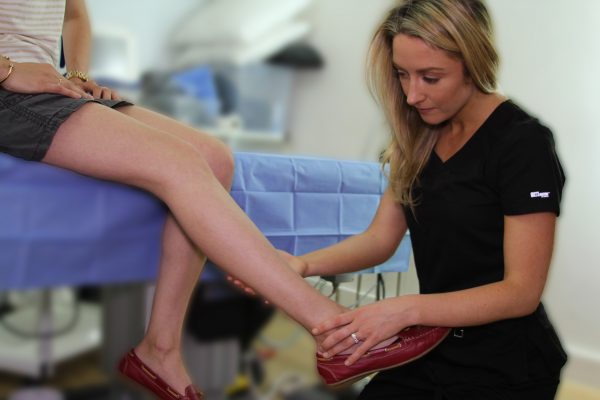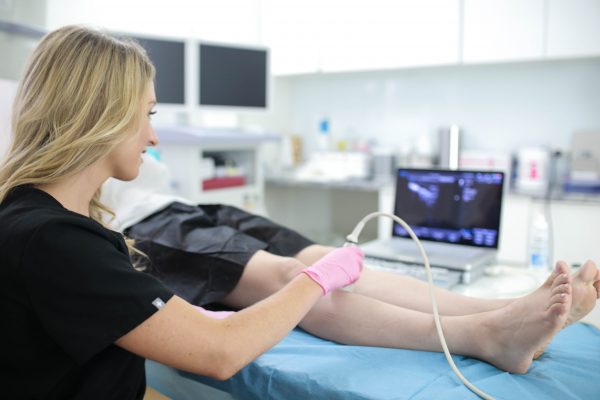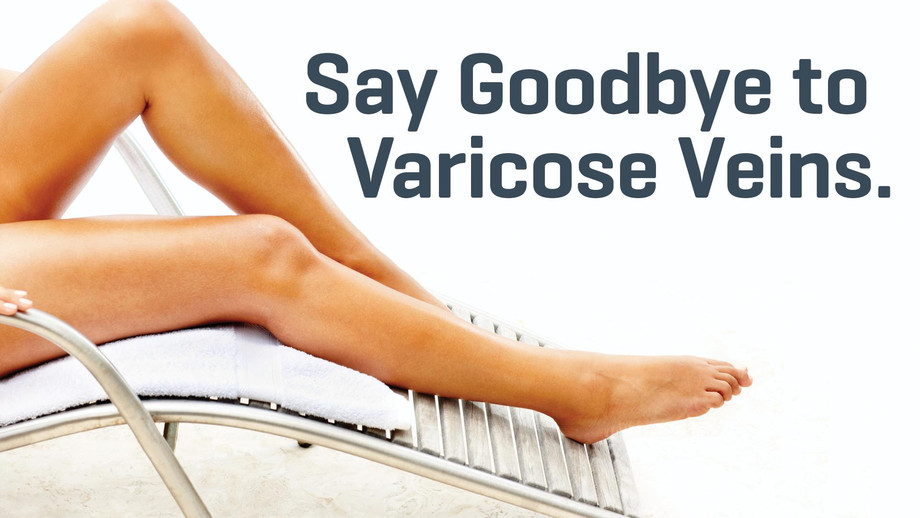Vein Disease
The veins are the very important part of your body. Veins carry deoxygenated blood from your various body parts back to the heart. But as people get older the problems start developing in the veins causing various diseases and complications. A huge number of people are suffering from vein disease. And if not treated at the initial stage it may lead to some severe complications.
There are lots of vein diseases that can affect normal people. Some of the common veins diseases are:
- Peripheral Vein Disease- Peripheral vein disease is a kind of blood circulation disorder. Due to this disease, the veins get narrower or blocked. It restricts the flow of blood in legs or arms causing pain and fatigue.
- Venous Insufficiency- Venous insufficiency is a disease in which the blood vessels get destroyed which restricts the flow of deoxygenated blood back to the heart. Due to this restriction, the veins in the legs get swollen and cause pain. Venous insufficiency is mainly of two types’ varicose veins and spider veins. Varicose veins are a bit serious than spider veins. Spider veins are the smaller veins that do not cause much pain or discomfort however, varicose veins are the bigger veins causing pain, discomfort, leg cramps and swelling in the legs.
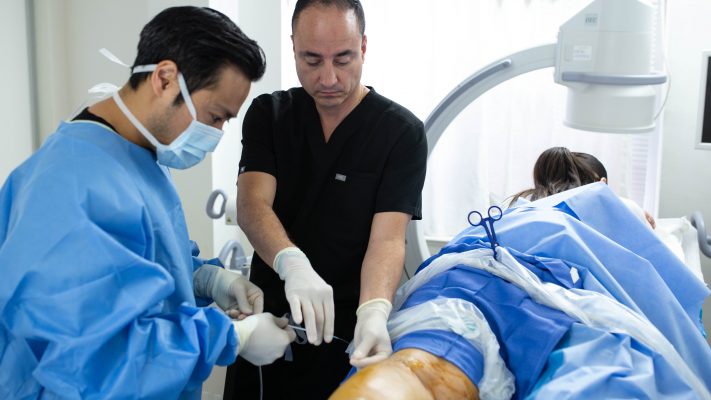
Treatment for Chronic Venous Insufficiency
Chronic venous insufficiency is usually caused due to improper working of valves in the veins. The defective valves make it difficult to circulate blood from the leg to the heart. Due to this restriction, the blood gets pooled in the legs causing varicose veins disease. There are a lot of symptoms of this disease, and it can affect anyone.
The various risk factors of venous insufficiency are obesity, family history of this disease, inactivity, deep vein thrombosis, pregnancy, and increasing age. Various symptoms of venous insufficiency are swelling, aching, tiredness, burning sensations, itching, stasis ulcers, etc. If you find any of these symptoms then immediately visit a vein doctor and get treated for this disease at an early stage to avoid severity.
The treatment for chronic venous insufficiency depends upon the severity of your disease. Sometimes the doctor needs to provide the combination of treatments for curing your disease. You can also take some precaution for reducing the effect of this disease. Some of the precautions include, regular walking, exercising, swimming, wearing compression stockings, losing weight, avoid sitting or standing for long periods, maintain a proper diet, etc. Some antibiotics are also given to treat this disease at an early stage.
Various other treatment options include surgical methods, laser therapy, sclerotherapy, vein stripping or ligation, vein bypass, etc. These surgical and minimally invasive options are done as prescribed by your vein specialist.
Vein Treatment Clinic provides the best treatment for all kinds of vein diseases including venous insufficiency. We use the latest and most advanced medical techniques to treat our patients with minimal discomfort and pain. We have top vein specialists from around the world. For more details about our treatment procedures and us, visit our official website veintreatmentclinic.com.

